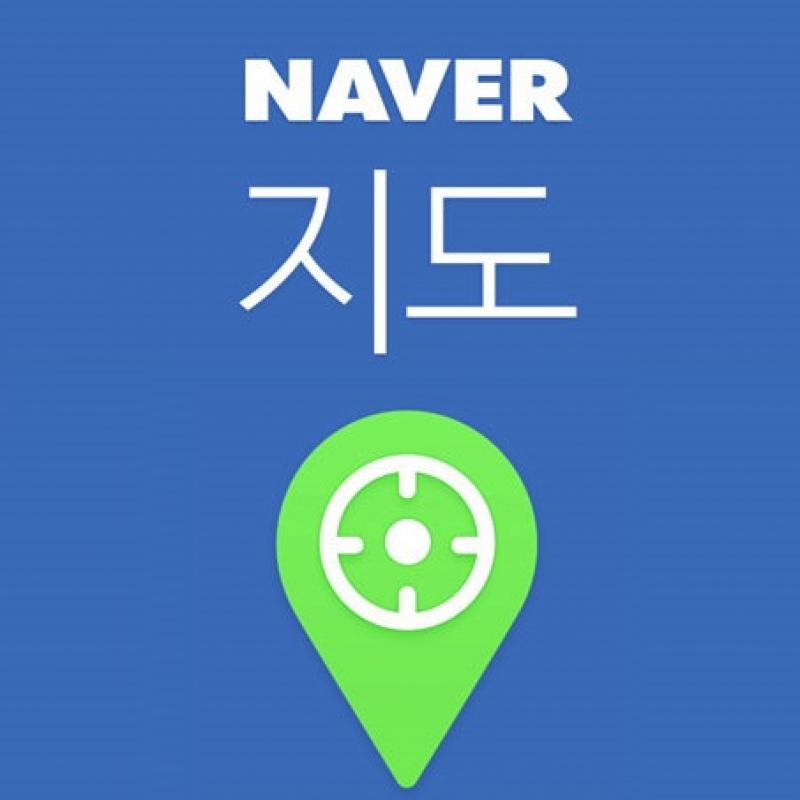Efficient and extensive transportation systems!
From bus to train to taxi, for short distances or long weekend getaways, this is your guide for travel within South Korea!
Lonely Planet’s South Korea Transportation Guide
Train & subway

South Korea has an excellent but not comprehensive train network operated by Korail (www.letskorail.com). Trains are clean, comfortable and punctual, and just about every station has a sign in Korean and English. Trains are the best option for long-distance travel.
The service efficiency starts even before you board the train. Your ticket indicates your carriage and seat number, and platform signs indicate where you should stand for that carriage entrance. The train pulls in precisely to the scheduled minute and, sure enough, the
carriage door you want is right beside where you’re standing.
Six cities have subway systems (often referred to as the metro) in South Korea: Seoul, Busan, Daejeon, Daegu, Gwangju and Incheon.
For getting around the Seoul Metro, you can check out this link for timetables and to find the shortest routes between stops: Seoul Metro
Bus

Buses are generally inexpensive, and reliable, and can be a great way to travel in between cities. Buses also serve smaller towns, the countryside and national parks.
Major cities are, furthermore, linked by highway and long distance buses. Travelers should note that for most local and short-trip busses, cash is necessary to pay fares and bus fare machines often only dispense coins as change for larger bills. Having your destination written on a piece of paper in Korean ahead of time will help you to find the correct bus and schedule. You can also download the Naver Map app to help you navigate.
Bike
Bicycles are widely used in South Korea by people of all age groups.
Taxi
Taxis are inexpensive and around just about everywhere. Taxi meters work on a combination of time (when waiting in traffic) and distance. Tipping is not an expectation, or a local custom.
Ilban (regular taxis) cost around ₩3300 for the first 2km, but can increase their fares during certain late night hours. Deluxe taxis; or mobeom (black with a yellow top) that can be found in some cities will run you around ₩5500 for the first 3km and do not increase during the late night hours.
Few taxi drivers speak English,but if you have a mobile phone you can dial the 1330 tourist advice line to help with interpretation. Ask to be dropped off at a nearby landmark if the driver doesn’t understand what you’re saying or doesn’t know where it is. It can be useful to write down your destination or a nearby landmark in Korean on a piece of paper.
